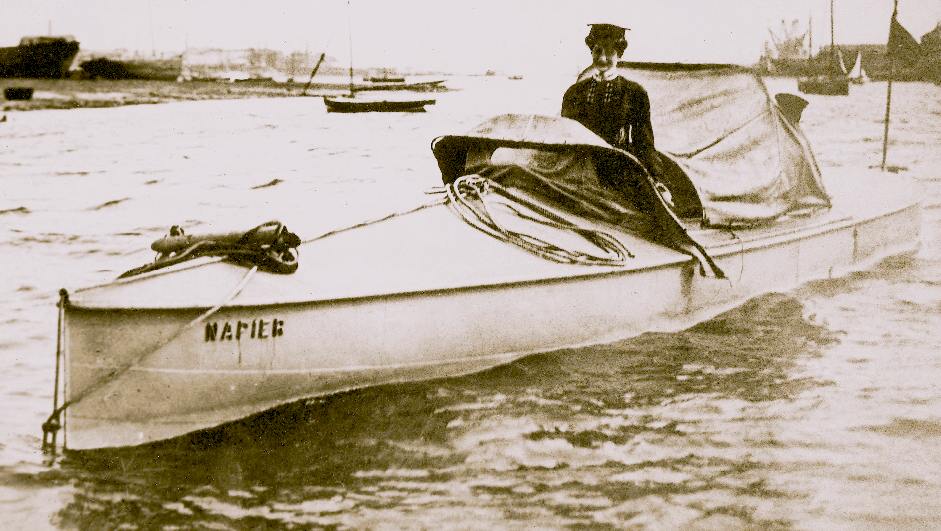Donald Campbell died in a 300mph speed run in a jet turbine powered boat in 1967 in England. The boat broke into pieces, sank and remained there until 2001 when it was located and raised.
Next is the restoration to running condition. Should be finished in Spring of 2010.
You tube video on the project.
TheBluebirdProject.com website. More videos here under "Promo Videos".
Next is the restoration to running condition. Should be finished in Spring of 2010.
You tube video on the project.
TheBluebirdProject.com website. More videos here under "Promo Videos".












Comment